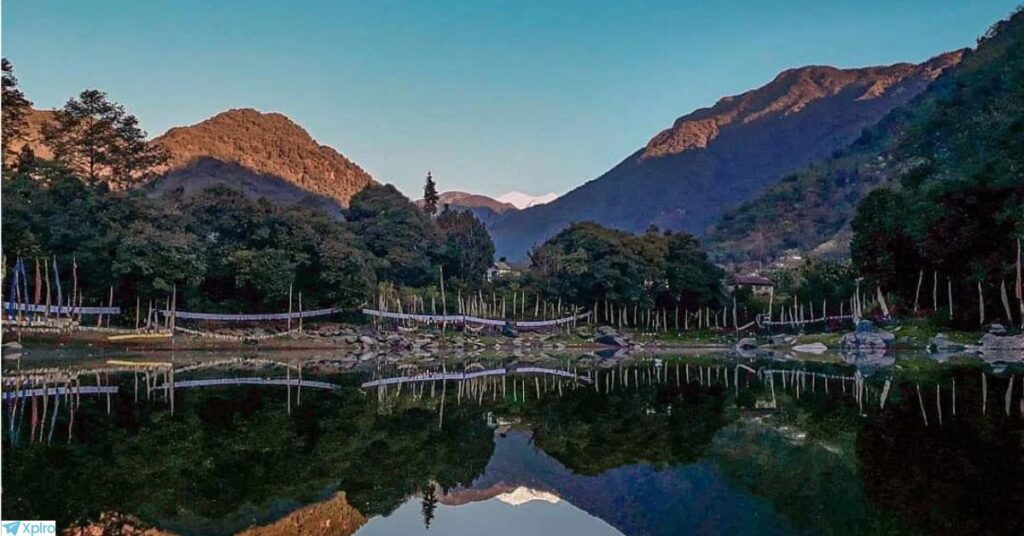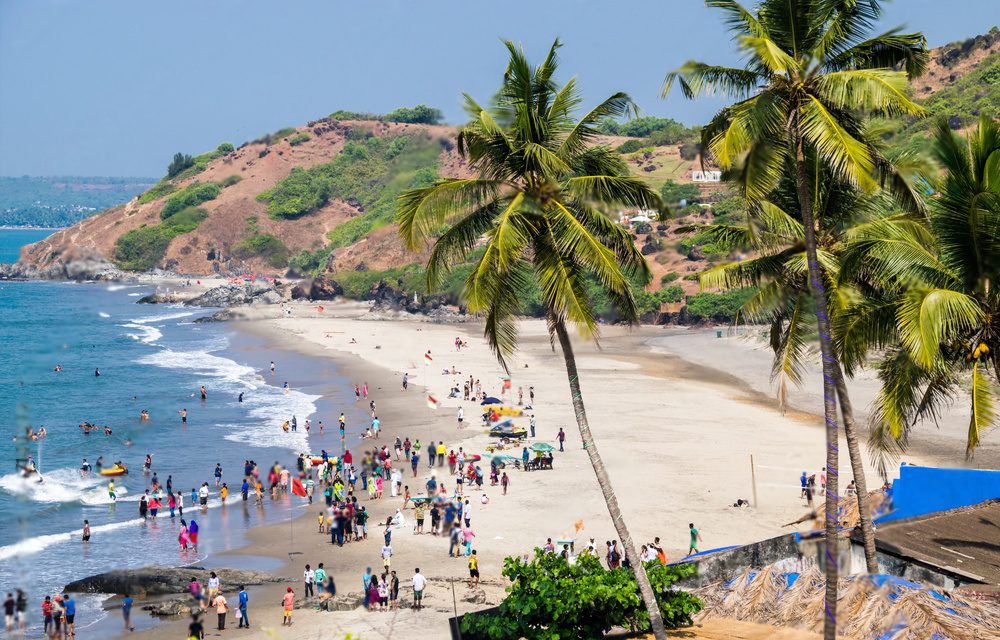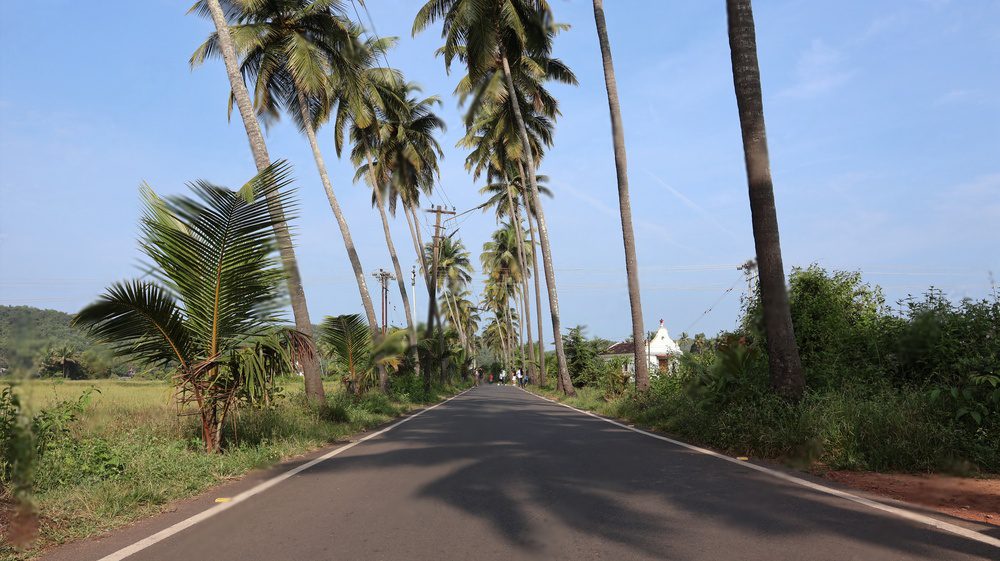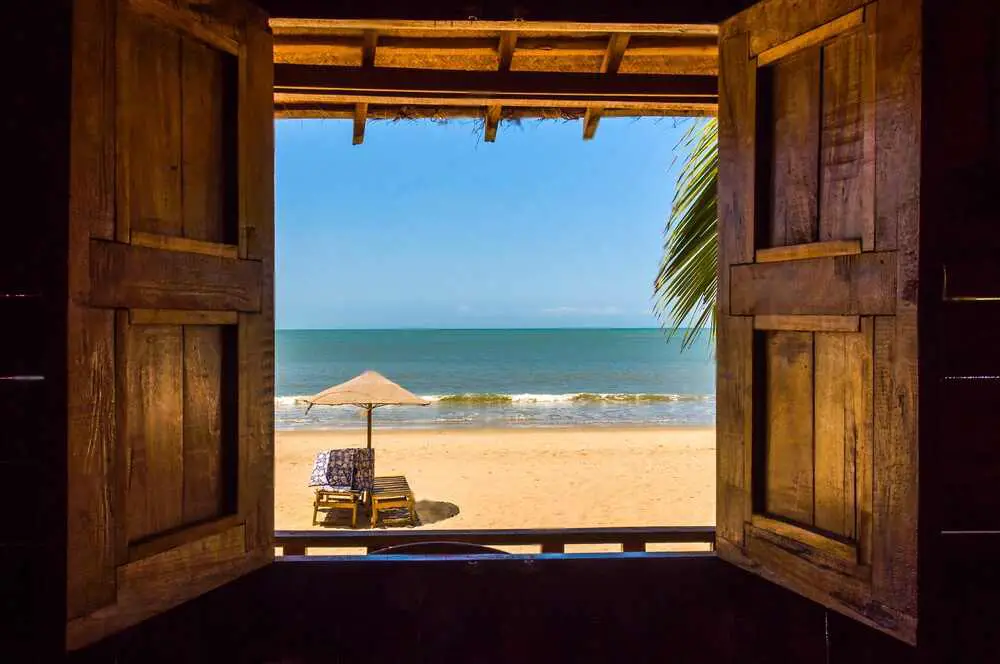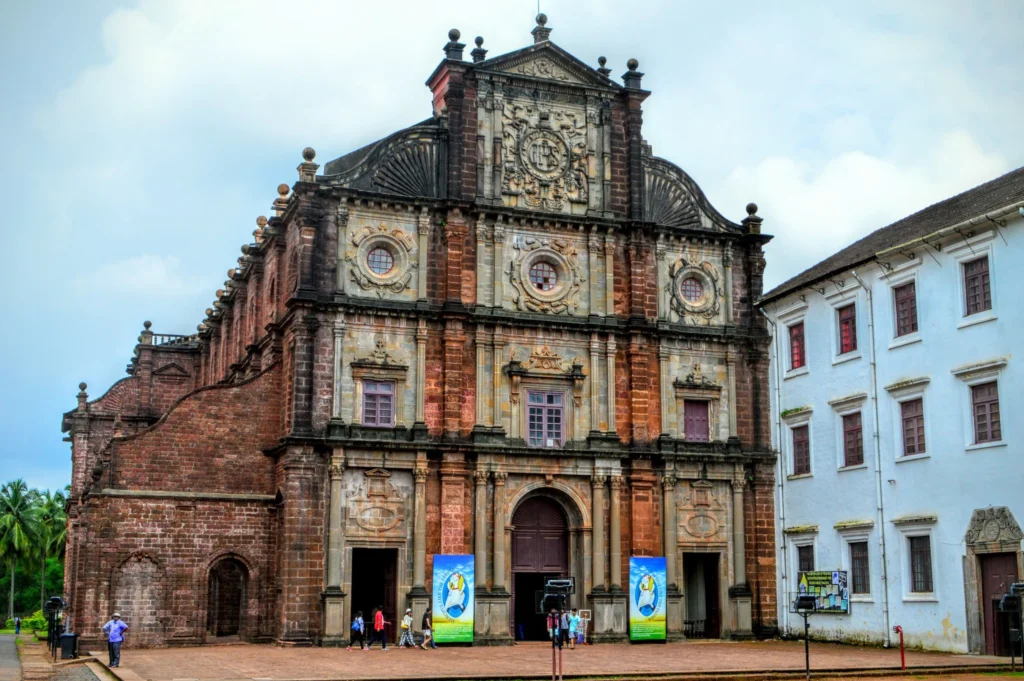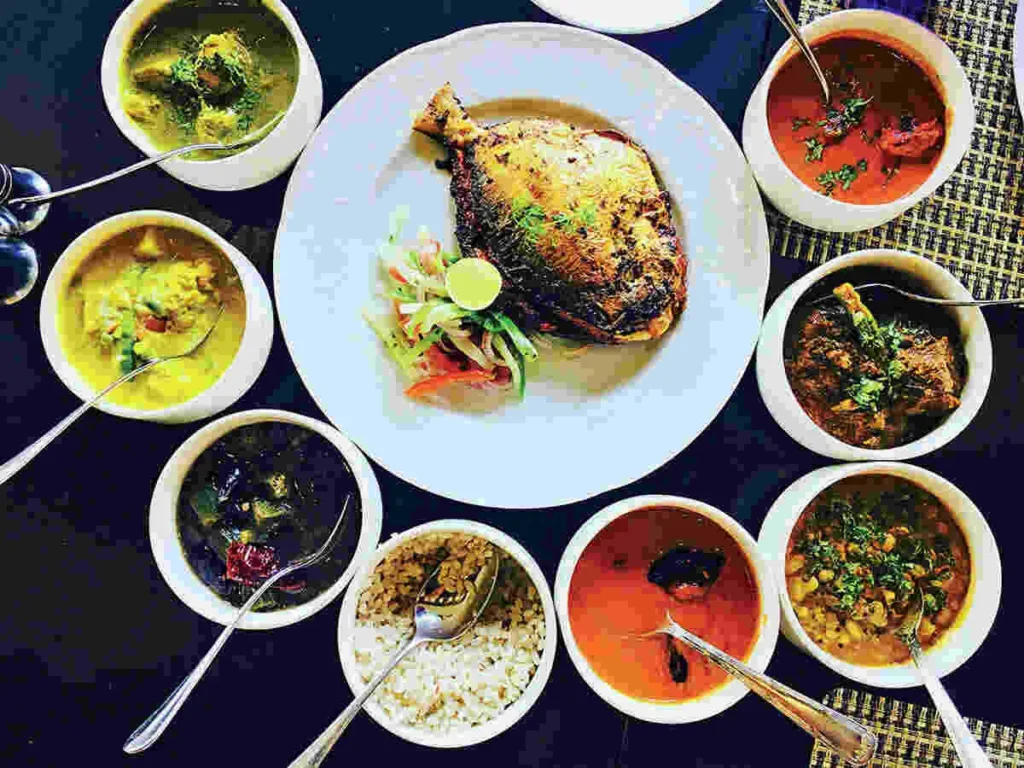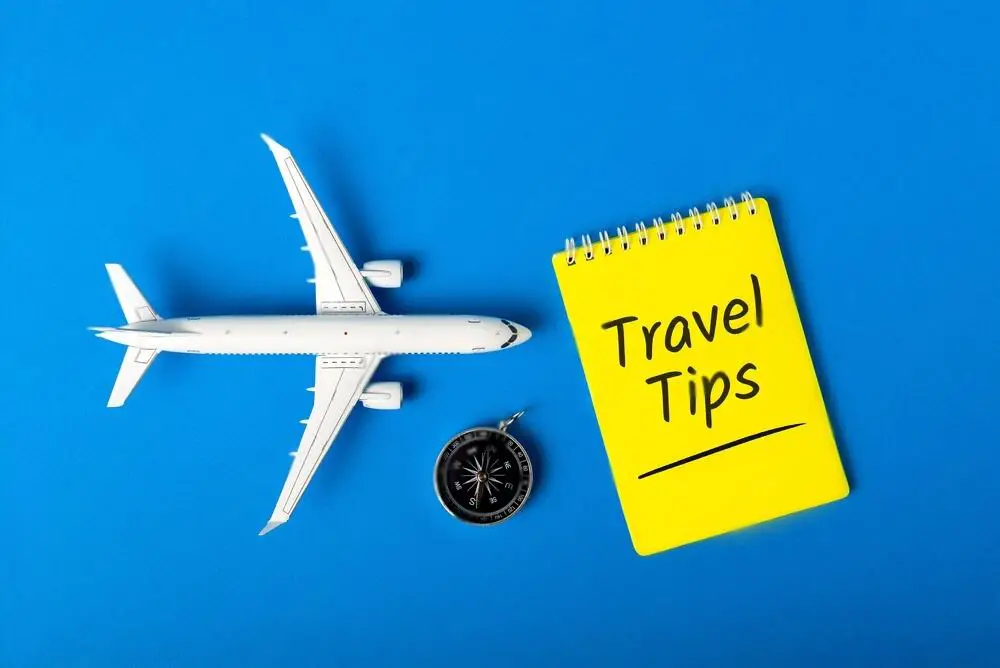Nestled in the heart of the majestic Himalayas, Yuksom, a serene and historically rich village, awaits in Sikkim, India’s northeastern jewel. Nicknamed the “Gateway to Kangchenjunga,” India’s highest peak, Yuksom beckons travelers with its tranquil landscapes, cultural heritage, and unparalleled trekking trails.
This picturesque village, steeped in history as Sikkim’s first capital, offers a glimpse into the region’s royal past. Explore ancient monasteries, stone-carved thrones, and sacred lakes, remnants of a bygone era. Yuksom caters to every traveler’s desires. History buffs can delve into the past, nature enthusiasts can find solace in pristine forests and cascading waterfalls, and adventure seekers can conquer challenging treks with panoramic mountain vistas as their reward.
How to reach:
Air: Bagdogra Airport (IXB) near Siliguri, West Bengal is your closest air gateway, roughly 170 kilometers away. Taxis and shared jeeps connect Bagdogra to Yuksom, with a 5-6 hour journey depending on road conditions.
Train: New Jalpaiguri Railway Station (NJP) near Siliguri acts as your rail entry point. Well-connected to Kolkata, Delhi, and Guwahati, NJP offers onward journeys to Yuksom by taxi or shared jeep (around 5-6 hours).
Road: Yuksom welcomes you by road from various Sikkim towns and neighboring states:
- Gangtok: Shared jeeps or taxis take approximately 5-6 hours via NH10 and state highways.
- Siliguri: Embark on a 5-6 hour road trip via Jorethang and Legship, covering roughly 150 kilometers.
- Darjeeling: A scenic 6-7 hour journey by road via Jorethang and Legship awaits.
Exploring Yuksom: Once you arrive, explore nearby gems like Khecheopalri Lake, Tashiding Monastery, and trekking points to Dzongri and Goechala using local taxis or shared jeeps.
Best time to visit:
Spring (March-May):
- Weather: Mild and refreshing, with occasional showers.
- Highlights: Witness vibrant landscapes bursting with rhododendron blooms. Explore local culture without peak-season crowds – perfect for nature walks and cultural immersion.
Summer (June-August):
- Weather: Pleasant days with occasional rain, showcasing lush greenery and blooming flowers.
- Highlights: Ideal for trekking and enjoying Yuksom’s natural beauty. Expect some tourists, but less crowded than peak season.
Autumn (September-November):
- Weather: Cool and clear skies – prime time for trekking and outdoor activities.
- Highlights: Capture stunning Himalayan vistas. Immerse yourself in the cultural vibrancy of festivals like Dashain and Tihar. Be prepared for crowds – book accommodations in advance.
Winter (December-February):
- Weather: Cold with occasional snowfall, creating a serene, snow-capped landscape.
- Highlights: Ideal for those seeking a peaceful retreat or capturing wintery beauty in photographs. Limited tourist activity translates to potentially easier access to accommodations and transport.
Attractions:
Coronation Throne (Norbugang Park):
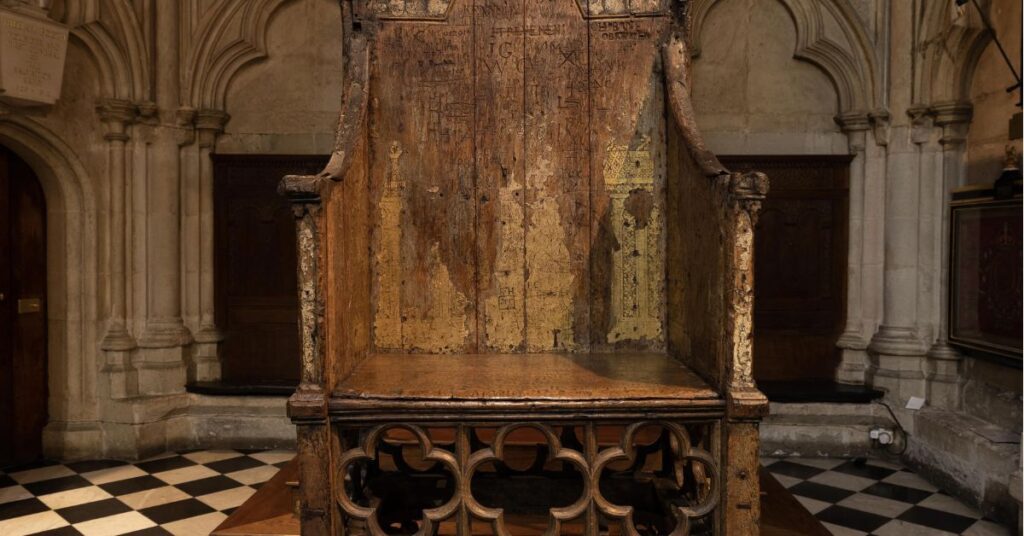

Shrouded in serene gardens, Yuksom’s Norbugang Park whispers tales of Sikkim’s past. This historical gem marks the very spot where the first Chogyal, Sikkim’s revered religious king, was consecrated in 1642. Step inside and the park’s heart unfolds – the Coronation Throne. A sacred stone platform, it stands witness to the momentous event. Prayer flags flutter gently in the breeze, and prayer wheels spin with quiet devotion. Here, amidst the peaceful ambiance, history comes alive. Explore the site further and discover ancient stone thrones and historical inscriptions, each piece offering a window into Sikkim’s royal heritage and fascinating cultural evolution.
Dubdi Monastery (Yuksom Monastery):
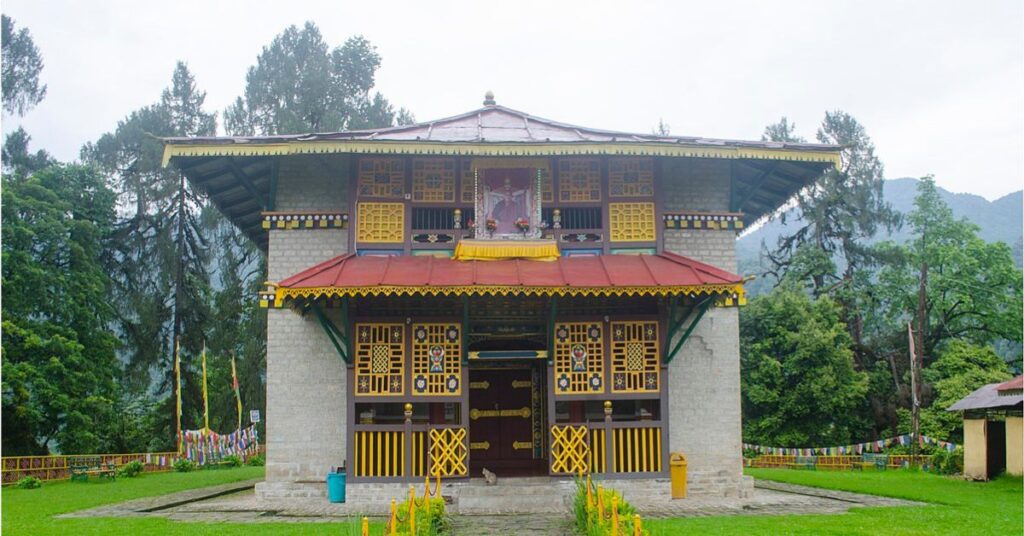

perched on a Yuksom hilltop, Dubdi Monastery, established in 1701 as one of Sikkim’s oldest, offers a serene escape. Reach it through a short forest trek and discover intricate Buddhist murals, ancient statues, and a calming atmosphere ideal for meditation. The whitewashed walls, traditional pagoda roof, and prayer flags fluttering in the mountain breeze showcase Tibetan Buddhist influences, while the monastery itself transcends religion to become a cultural haven preserving centuries-old traditions and offering breathtaking Himalayan vistas.
Yuksom Local Market:
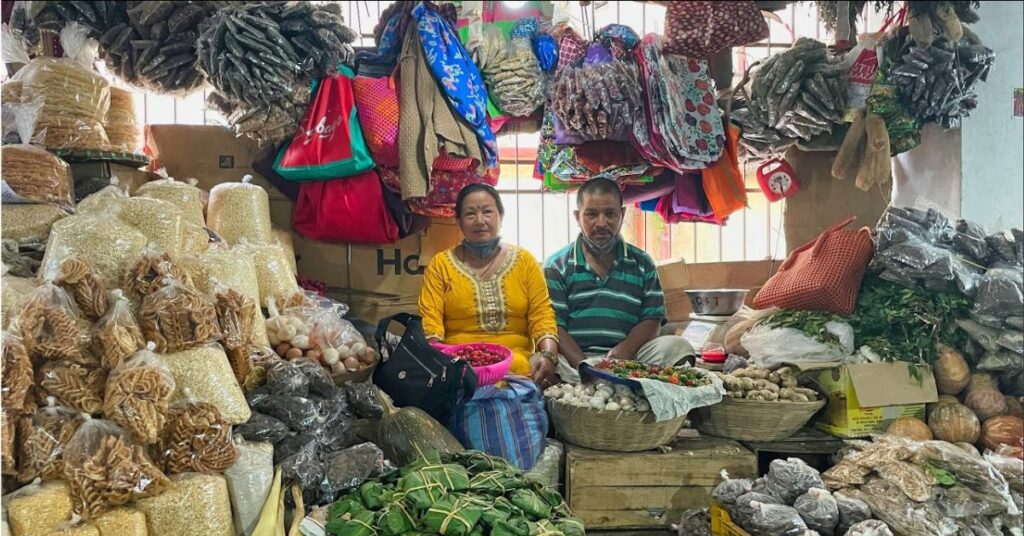

Yuksom’s bustling marketplace pulsates with the heart of local culture. Stalls adorned with colorful handicrafts, Tibetan artifacts, and fresh produce offer a sensory feast. Savor momos, steaming bowls of thukpa, and fragrant Sikkimese tea – a taste of Sikkim on your plate. Friendly vendors share their stories and customs as you browse unique souvenirs. This vibrant marketplace, where tradition and commerce intertwine, unveils the soul of Yuksom.
Local Experiences:
- Trek to Dubdi Monastery: Hike through verdant forests, reaching a spiritual haven and soaking in panoramic Himalayan vistas.
- Bird Watching & Nature Walks: Explore Yuksom’s rich biodiversity, spotting rare birds and immersing yourself in pristine nature.
- Relax by Khecheopalri Lake: Make a wish at the “Wishing Lake,” find peace by the water’s edge, and be captivated by the surrounding beauty.
- Scenic Drives & Photography: Capture breathtaking Himalayan landscapes and explore historical gems like Rabdentse Ruins or Kanchenjunga waterfalls.
- Visit Norbugang Coronation Throne: Step back in time at the coronation site of Sikkim’s first Chogyal, surrounded by sacred relics and tranquil gardens.
- Experience a Traditional Homestay: Immerse yourself in Sikkimese culture, savoring local meals and learning about daily life with welcoming families.
- Participate in Prayer Ceremonies: Witness the peaceful rhythms of Buddhist devotion by joining monks in their daily rituals at monasteries.
- Cultural Performances: Immerse yourself in vibrant Sikkimese dance and music displays during festivals or special events.
- Visit Tashiding Monastery: Participate in (or observe) the annual Bumchu festival, experiencing the sacred water ceremony and lively cultural celebrations.
- Meditation & Yoga Retreats: Find rejuvenation in the serene surroundings of Yuksom with meditation or yoga sessions.
- Explore Yuksom Village Market: Browse local crafts, textiles, and fresh produce, indulging in Sikkimese snacks and interacting with friendly vendors.
- Sample Local Cuisine: Relish Sikkimese specialties like gundruk, kinema curry, and locally brewed millet beer (chang) at local eateries and homestays.
Travel tips:
- Layer Up: Pack for changeable weather. Temperatures can dip, especially at higher altitudes. Bring warm clothes and breathable layers.
- Cash is King: ATMs are limited and unreliable. Carry enough cash for your stay as card use may be restricted.
- Acclimatize Wisely: Spend a day or two adjusting to the altitude, particularly before trekking, to avoid altitude sickness.
Respectful Exploration:
- Dress Modestly: When visiting religious sites, dress modestly. Remove shoes before entering monasteries and avoid disrupting prayer sessions.
- Hydration is Key: Especially during treks, drink plenty of water and carry a reusable bottle to minimize plastic waste.
Supporting the Community:
- Local Guides: Hire local guides for treks and tours. They ensure safety, offer local knowledge, and support the economy.
- Eco-Conscious Travel: Dispose of waste responsibly, avoid plastic, and follow Leave No Trace principles to preserve Yuksom’s beauty.
Permits and Essentials:
- Permits in Order: Obtain necessary permits for trekking and restricted areas. Carry copies of your ID and permits at all times.
- Footwear for the Journey: Choose comfortable, sturdy hiking boots with good grip for treks and uneven terrain.
- Health First: Pack a basic first-aid kit, any personal medications, and consider consulting your doctor about altitude sickness medication.
Staying Connected:
- Limited Connectivity: Mobile network coverage may be limited. Inform someone of your travel plans and itinerary, especially for treks.
Savoring Local Delights:
- Local Cuisine: Explore Sikkimese dishes, but be cautious with street food if you have a sensitive stomach. Stick to bottled or boiled water.
Travel Smarts:
- Travel Insurance: Invest in comprehensive travel insurance covering trekking and high-altitude activities.
- Photography Etiquette: Always ask permission before photographing people, especially monks and locals. Respect privacy and cultural sensitivities.
Conclusion
Sikkim’s first capital, Yuksom, weaves a captivating tapestry of natural splendor, rich culture, and spiritual serenity. From the tranquility of Khecheopalri Lake to the ancient whispers of Dubdi Monastery, Yuksom caters to every explorer. Trek challenging landscapes, delve into vibrant markets, or simply find peace in the Himalayas’ embrace. Explore captivating scenery, historic sites, and be welcomed by the warmth of the local community. Yuksom promises an unforgettable journey of discovery – let Xplro.com be your guide to unlocking Sikkim’s breathtaking beauty and profound heritage.
FAQs
What makes Yuksom well-known?
- Yuksom is renowned as Sikkim’s first capital, its historical coronation site, ancient monasteries, and as a starting point for the Dzongri and Goechala treks.
How can I travel to Yuksom?
- To reach here, you can travel by road from Gangtok. The closest airport is Bagdogra Airport in West Bengal, and the nearest railway station is New Jalpaiguri in Siliguri. From there, taxis or shared jeeps are available to Yuksom.
What is the ideal time to visit Yuksom?
- The Ideal time to visit Yuksom is in spring (March to May) and autumn (September to November) when the weather is pleasant, and conditions are perfect for trekking and sightseeing.
Are permits required to visit Yuksom?
- Foreign nationals need a Restricted Area Permit (RAP) to visit Yuksom, which can be obtained in Gangtok or at key border entry points. Indian tourists do not require a permit.
What are the top attractions in Yuksom?
- Major attractions in Yuksom include the Coronation Throne (Norbugang Park), Dubdi Monastery, Khecheopalri Lake, Tashiding Monastery, and the starting points for the Dzongri and Goechala treks.
Are there lodging options in Yuksom?
- Yes, Yuksom offers various accommodation options, including guesthouses, homestays, and budget hotels, ensuring comfortable stays amidst beautiful scenery.
What kind of food is available in Yuksom?
- You can enjoy local Sikkimese cuisine such as momos (dumplings), thukpa (noodle soup), gundruk, and kinema curry. Basic Indian and Tibetan dishes are also available.
Is it safe for solo travelers to visit Yuksom?
- Yuksom is generally safe for solo travelers. However, it’s always wise to take standard precautions, especially when trekking or exploring remote areas.
What should I pack for a trip to Yuksom?
- Pack layers for changing weather, sturdy trekking boots, a reusable water bottle, sunscreen, a hat, basic first aid supplies, and any necessary permits and identification.
Can I trek in Yuksom without a guide?
- While trekking without a guide is possible, it’s highly recommended to hire a local guide for safety, navigation, and to enhance your experience with local insights.
What local experiences should I try in Yuksom?
- Engage in staying at a traditional homestay, participating in monastery prayer sessions, visiting the local market, and trying traditional Sikkimese food.
How is the mobile network in Yuksom?
- Mobile connectivity in Yuksom can be sporadic. Major networks like BSNL, Airtel, and Jio have some coverage, but it’s best to inform someone about your travel plans ahead of time.
